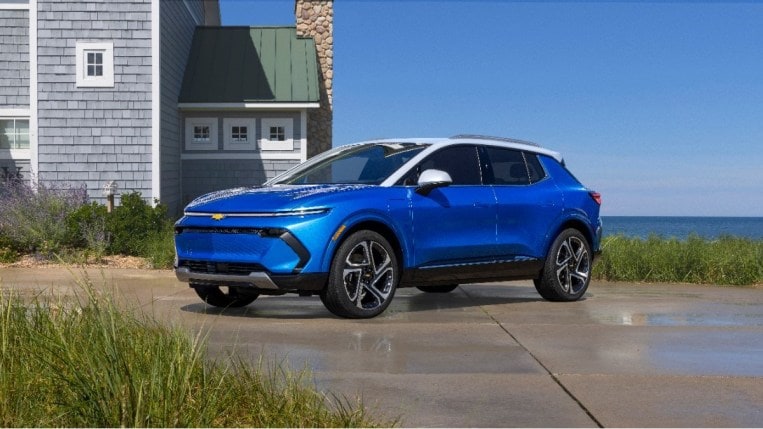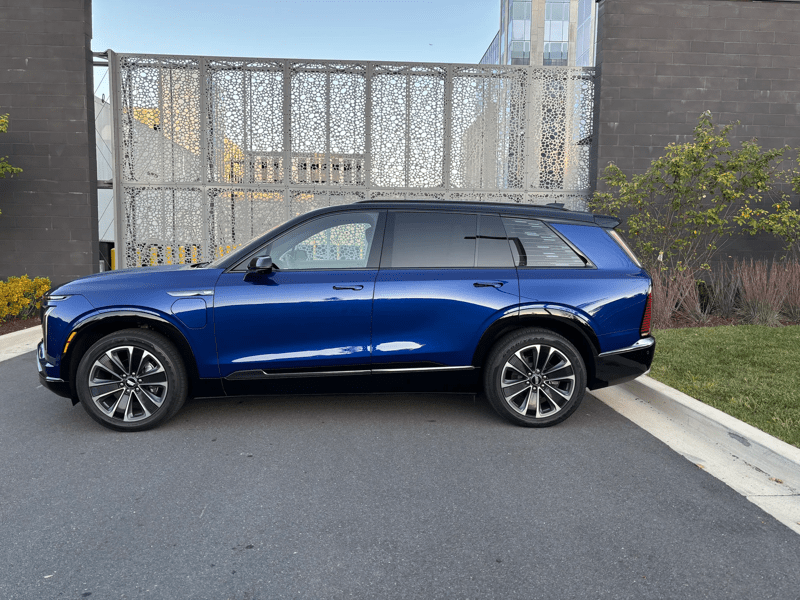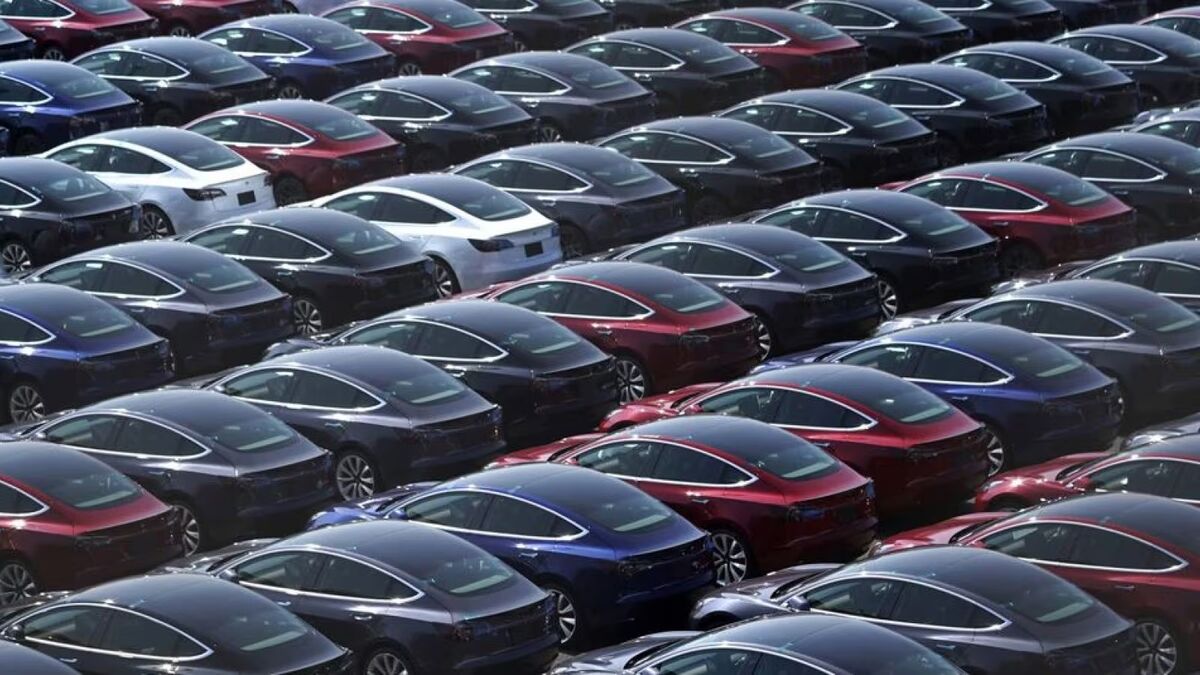
CEO Mary Barra told investors this week that “out of the gate, we’re going to be eligible for the $3,750, and we’ll ramp to have full qualification in the next two to three years, getting up to the $7,500.”
New Tax Credit Rules
Under the old rules, buyers could qualify for a tax rebate of up to $7,500 after buying a new EV. The offer was sunsetted after an automaker had sold 200,000 electric cars.
Under the new rules, there is no sunset provision, and dealers can offer the rebate as an up-front discount. But automakers must build cars in North America to qualify. Additional trade limits phase in over time, requiring that cars use critical battery minerals mined in the U.S. or certain major trade partners.
Price and income caps limit the provisions to more affordable cars and less affluent shoppers.
Few EVs Currently Qualify
Those provisions have alarmed automakers.
The requirement to build cars in North America is a problem for many. Automakers build many of the EVs currently on the market outside the U.S. Several have begun moving production to the U.S. in hopes of meeting that requirement.
The minerals provision is a more challenging issue. A major industry trade group says no EVs can meet the requirement today.
Barra, however, believes GM can get there quickly. “It just takes a couple of years to ramp up based on our expectations with the supply moves that we’ve already made,” Barra said.
Meeting the Requirements Brings Prices Down
Qualifying for the credits early would give GM a major competitive advantage and help many more Americans go electric.
Most automakers have taken a top-down approach to the electric switch — building expensive, high-end EVs first, with hopes of bringing down prices over time as economies of scale make building electric cars cheaper.
GM has two relatively inexpensive EVs today: the Chevy Bolt EV and Bolt EUV. Both are built on older electric architecture. Newer models like the GMC Hummer and Cadillac Lyriq sit on a modular platform called Ultium that could let designers build EVs of many sizes and prices.
The Ultium platform, if all goes according to GM’s plan, will ultimately bring EVs down into more mainstream price points. Federal discounts would help.
The company plans to bring a Chevrolet Equinox EV to market in 2024 with a starting price of around $30,000. With the help of federal discounts, it could be the cheapest EV on the market in a few years.







